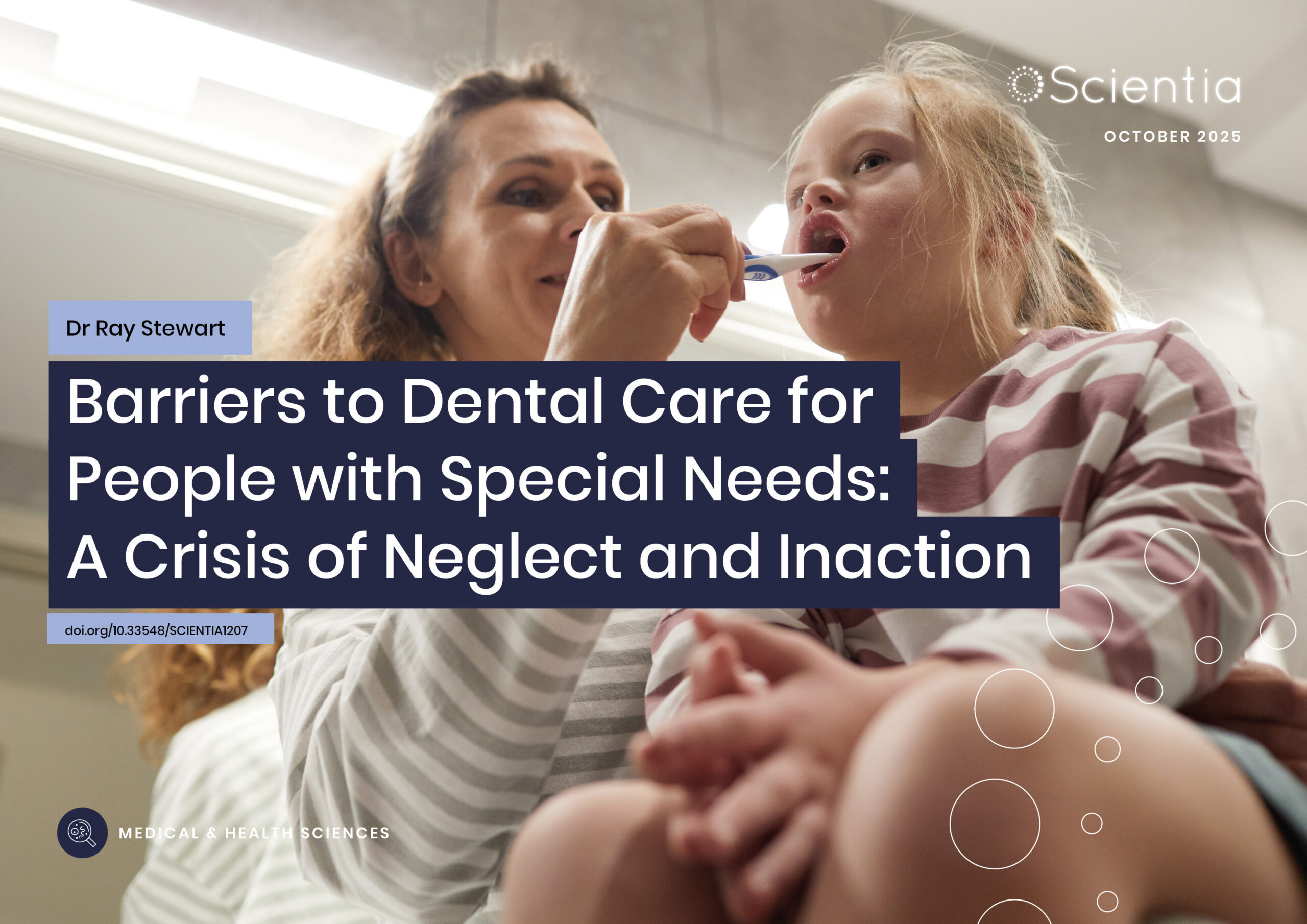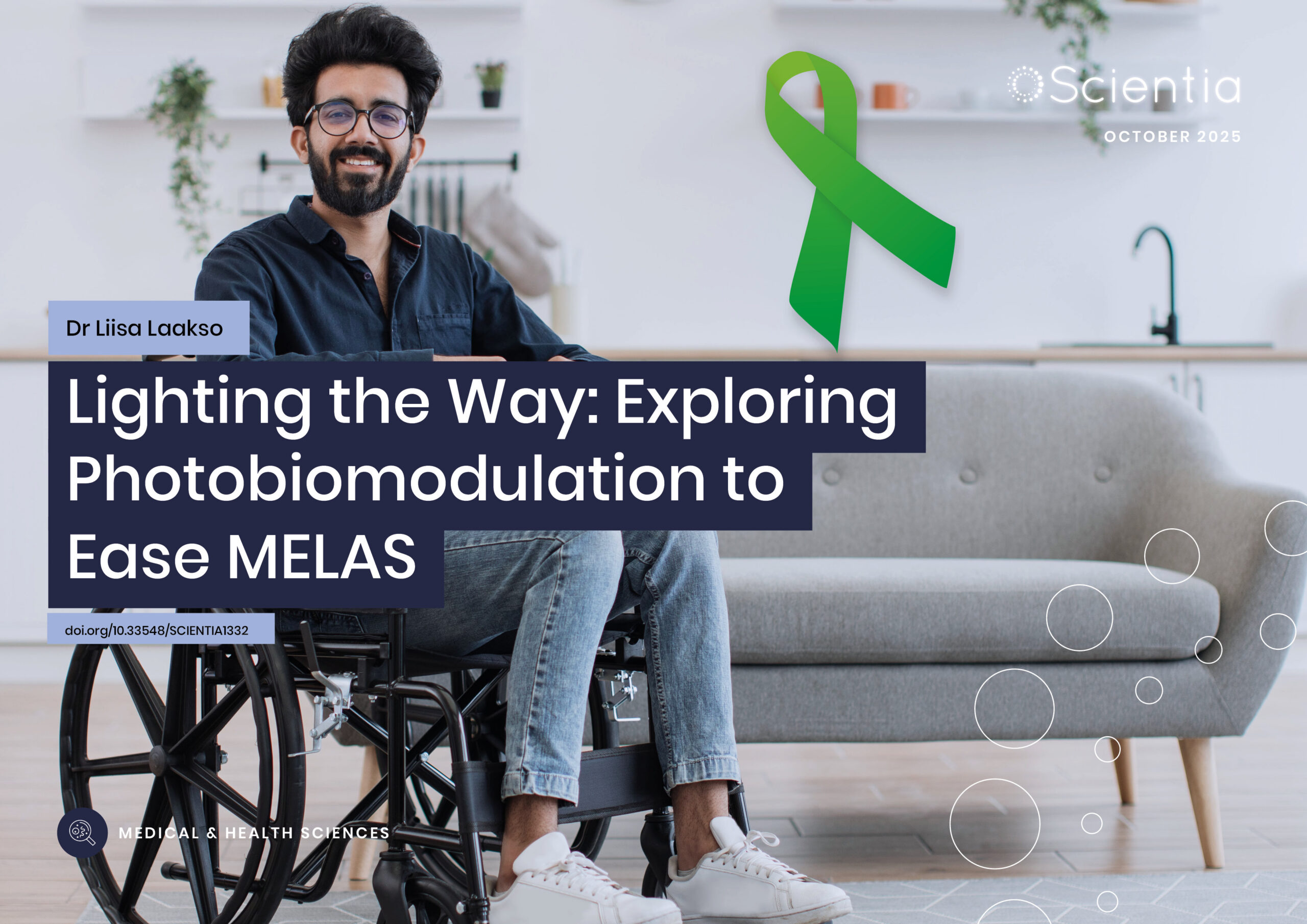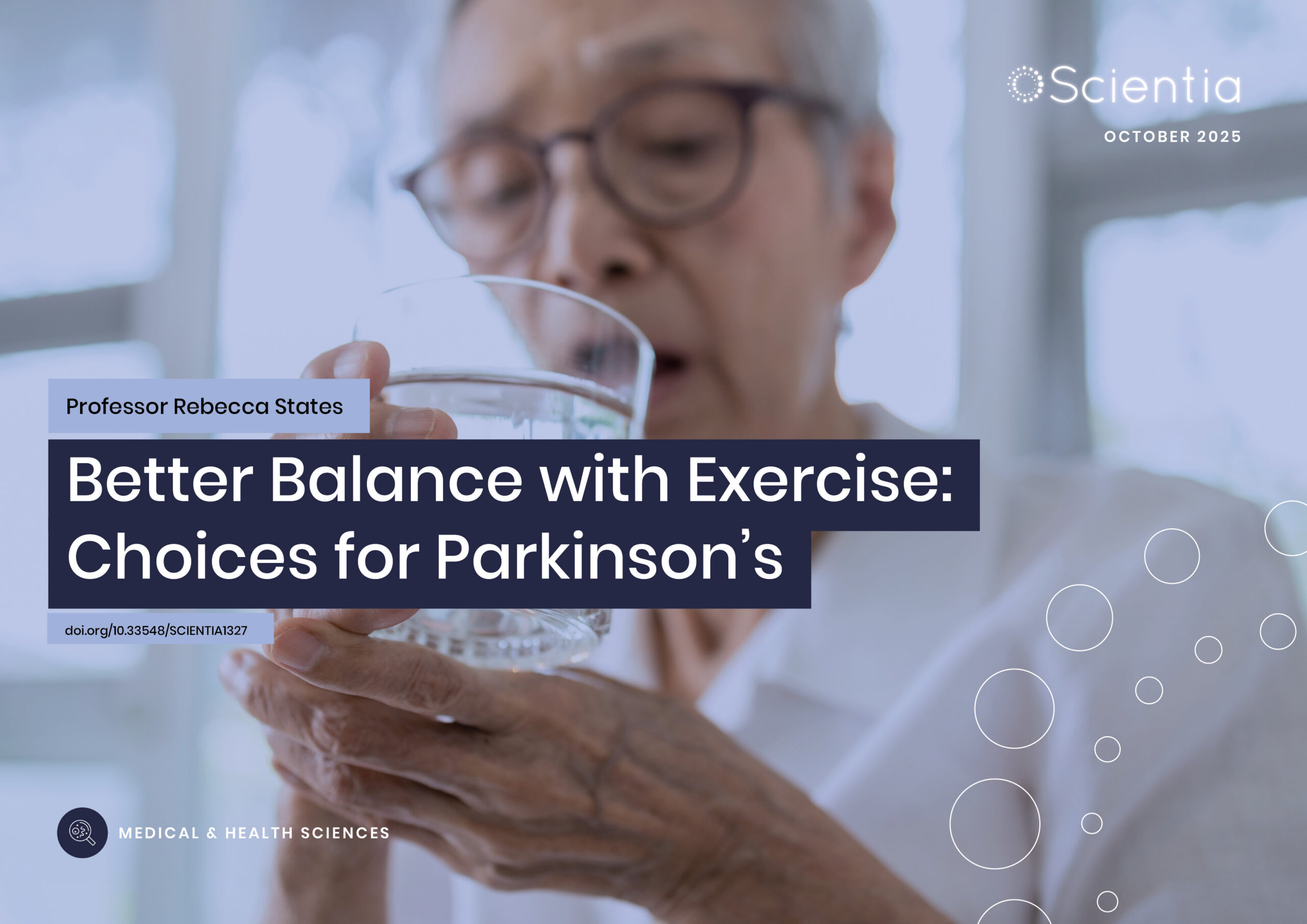Dr Markus Regauer | An Evidence-Based Perspective on Treating Severe Ankle Injuries
Ankle injuries are very common but notoriously difficult to treat due to the complexity of the ankle anatomy, compounded by the range of surgical options available. Dr Markus Regauer, a leading orthopaedic surgeon from SportOrtho Rosenheim and Schön Klinik Vogtareuth, worked with a team of clinicians and scientists at the Musculoskeletal University Centre Munich to thoroughly review the published literature. This was combined with Dr Regauer’s extensive surgical experience to produce a practical guide for surgeons to guide the best treatment for individual ankle (syndesmotic) injuries.
What is a Syndesmotic Injury?
In the USA, over 628,000 people seek medical care for ankle injuries yearly, and over 20% of all injury-related emergency department visits are for ankles. Ankle injuries are common in the general public as well as athletes, and can result in time away from work and leisure as well as increased risk of recurrent injury and long-term symptoms, including arthritis.
Syndesmotic injuries are damage to the ligaments that connect the two lower leg bones, the tibia and the fibula, located near the ankle. These injuries typically occur when the foot and ankle are forcefully twisted outwards away from the body, for example, during activities like football or skiing. Syndesmotic injuries make up to 20% of ankle sprains and about 30% of ankle fractures, and they are often more severe than other ankle injuries as they can leave the joint unstable and prone to further injury and the development of arthritis.
Challenges for Treatment
Syndesmotic injuries can be very complex, and despite their frequency and severity, there are no universally accepted treatment guidelines. Surgeons looking for the most effective treatment approach face considerable debate about what this might be.
One major point of contention is the choice between different surgical techniques. For instance, some surgeons prefer using rigid screws to hold the bones in place, while others advocate for dynamic fixation, which allows for more (physiological/natural) movement during recovery. Additionally, there’s disagreement over whether to perform open surgery (where the area is fully exposed, allowing the surgeons to have a better view of and access to the area) or closed surgery (which is less invasive, reduces infection risk, and promotes quicker healing).
Despite evidence that using screws can lead to serious complications, many orthopaedic surgeons still see this method as the best option for treating these injuries. Besides the lower costs, this preference may stem from a few additional factors: some surgeons may not have received enough training in alternative methods, as well as a belief among many orthopaedic surgeons that using screws is a straightforward surgical technique.
Overall, the lack of clear consensus and ongoing debates reflect the complexities of treating syndesmotic injuries, making it essential for patients and medical professionals to stay informed about the latest research and best practices.
A Thorough Review of the Literature
To understand the best surgical treatment options for syndesmotic injuries, Dr Markus Regauer, a leading orthopaedic surgeon from Musculoskeletal University Centre Munich, and a dedicated team of clinicians and scientists conducted a thorough review of the published literature. The team aimed to determine the best surgical practices by analysing the evidence, focusing on which methods lead to better outcomes and fewer complications.
The team searched through four key medical literature databases for all papers covering the treatment of syndesmotic injuries. During the search, the team looked for evidence regarding seven different types of surgical interventions. These included: open versus closed surgeries, the use of special types of clamps to hold the bones during surgery, the role of screws, techniques allowing some movement at the affected joint, and the roles of key anatomical features such as certain ligaments and parts of the ankle bone.
Of the 1,271 articles which were identified, 171 met the study criteria and were thus included in the research. The team reviewed papers covering the individual interventions and trials directly comparing the patient outcomes of different methods.

Severe ankle dislocation fracture with syndesmotic injury (left) reduced and stabilized with flexible implants (right). Credit: Markus Regauer.
What the Evidence Showed
Dr Regauer and the team’s analysis highlighted several key principles for surgical treatment of unstable syndesmotic injuries, summarised as follows. It is essential to realign the bones properly because this is key to ensuring a successful recovery in the long run and preventing arthritis. When performing procedures, surgeons should use an open approach to see the injury directly. This visibility allows for better accuracy in repairs. Surgeons should focus on repairing all relevant injured parts to restore stability effectively.
If any bone pieces have broken off, they need to be located and repositioned correctly, as they help guide the overall alignment of the bones. Surgeons should avoid using clamps or tools that squeeze the bones together too tightly, as this can cause further complications. When fixing the posterior part of the tibia, it’s best to do this directly from the back of the ankle whenever possible. In addition, surgeons should start by addressing the posterior part of the tibia first for anatomic alignment and better outcomes.
The anterior inferior tibiofibular (AITFL) ligament plays a crucial role in stabilising the ankle, especially when it comes to rotational movements. If this is unstable, it should be repaired and reinforced to maintain stability. Whenever possible, surgeons should use techniques that allow for some movement while still providing support, as this approach can lead to a more natural recovery. Syndesmotic screws should be considered a last resort, used only when other options are not effective.
An Evidence-based Surgical Treatment Algorithm
The article’s most important contribution is its proposed surgical algorithm, based on the comprehensive literature review and Dr Regauer’s extensive clinical career (during which he has performed hundreds of syndesmotic injury surgeries). This algorithm provides a step-by-step guide for surgeons, helping them choose the best surgical approach based on the specific characteristics of each injury. Fundamental to the algorithm is the importance of flexibility in surgical treatment. Each case is unique, and surgeons should consider the patient’s specific injury, anatomy, and functional needs before deciding on the best treatment method.
As new technologies and techniques are developed, this algorithm may need to be updated. Ongoing research will be crucial in refining treatment methods and ensuring that patients with syndesmotic injuries receive the best possible care.
SHARE
DOWNLOAD E-BOOK
REFERENCE
https://doi.org/10.33548/SCIENTIA1265
MEET THE RESEARCHER

Dr Markus Regauer
Privatpraxis Sportortho Inntal, Bad-Trissl-Straße 73, D-83080 Oberaudorf, Germany
Dr Markus Regauer is an orthopaedic and trauma surgeon currently working in private practice in Oberaudorf and Rosenheim and as a leading orthopaedic surgeon at Schön Klinik Vogtareuth in Germany. He has completed his medical education at Ludwig-Maximilians-University and Technical University in Munich. Until 2020, Dr Regauer was a senior consultant for orthopaedic and trauma surgery at Ludwig-Maximilians-University in Munich, where he led the Department of Foot and Ankle Surgery and organised several symposia and courses in the field. Dr Regauer has developed and published a new surgical technique for anatomic repair and augmentation of unstable syndesmotic injuries and is currently working on the development of new implants for ankle fractures in severe osteoporosis and for total talus replacement. Since 2011, he has been a member of the Editorial Board of the World Journal of Orthopedics, and since 2013, a paid consultant for Arthrex Inc. (Naples, USA). In May 2024, Dr Regauer became a member of the Internal Brace International Study Group (IBISG).
CONTACT
E: info@sportortho-inntal.de
KEY COLLABORATORS
www.schoen-klinik.de/vogtareuht
Department of Orthopaedics and Trauma Surgery, Musculoskeletal University Center Munich (MUM), University Hospital, LMU Munich, Marchioninistraße 15, 81377, Munich, Germany
Internal Brace International Study Group (IBISG)
FURTHER READING
M Regauer, et al., Syndesmotic InternalBraceTM for anatomic distal tibiofibular ligament augmentation, World Journal of Orthopedics, 2017, 8(4), 301–309. DOI: https://doi.org/10.5312/wjo.v8.i4.301
M Regauer, et al., Development of an internally braced prosthesis for total talus replacement, World Journal of Orthopedics, 2017, 8(3), 221–228. DOI: https://doi.org/10.5312/wjo.v8.i3.221
M Regauer, et al., High rate of complications after corrective midfoot/subtalar arthrodesis and Achilles tendon lengthening in Charcot arthropathy type Sanders 2 and 3, International Orthopaedics, 2023, 47(1), 141–150. DOI: https://doi.org/10.1007/s00264-022-05567-y

REPUBLISH OUR ARTICLES
We encourage all formats of sharing and republishing of our articles. Whether you want to host on your website, publication or blog, we welcome this. Find out more
Creative Commons Licence (CC BY 4.0)
This work is licensed under a Creative Commons Attribution 4.0 International License. 
What does this mean?
Share: You can copy and redistribute the material in any medium or format
Adapt: You can change, and build upon the material for any purpose, even commercially.
Credit: You must give appropriate credit, provide a link to the license, and indicate if changes were made.
SUBSCRIBE NOW
Follow Us
MORE ARTICLES YOU MAY LIKE
Dr Ray Stewart | Barriers to Dental Care for People with Special Needs: A Crisis of Neglect and Inaction
For people with special healthcare needs, something as basic as visiting a dentist can be nearly impossible. A ground-breaking paper by researchers at the University of California, San Francisco (UCSF) exposes the scale of this crisis. By outlining potential paths forward, Dr Ray Stewart and Dr Ben Meisel offer hope for significant improvements in access to essential dental care.
Dr Liisa Laakso | Lighting the Way: Exploring Photobiomodulation to Ease MELAS
MELAS is a rare and serious genetic condition that affects how the body’s cells produce energy, leading to extreme fatigue, muscle weakness, and a range of other symptoms. With no cure currently available, treatment focuses only on managing complications.
A team of researchers led by Dr Liisa Laakso at the Mater Research Institute-University of Queensland, Australia, is exploring an innovative, non-drug therapy called photobiomodulation, which uses light to stimulate mitochondria to work more efficiently. This pioneering study will provide intial evidence on whether PBM can safely reduce fatigue and improve quality of life for people living with MELAS, paving the way for future clinical trials.
Professor John Paul Pezacki, PhD, FRSC (UK) | Engineering Proteins for the Prevention of Disease Progression
The way in which viruses invade and replicate within their hosts involves a multilayered system of protein-based interactions, and understanding the mechanisms at play is crucial when developing potential treatments. Utilising new techniques such as genetic code expansion, Professor John Paul Pezacki and his team of researchers at the University of Ottawa in Canada have designed a novel, highly specific artificial protein complex which can halt the progression of viral infections in human cells. They have identified and described a novel approach to wider preventative and restorative therapeutics in human disease.
Professor Rebecca States | Better Balance with Exercise: Choices for Parkinson’s
Parkinson’s disease is the most rapidly growing neurological disease worldwide. At present, there are no treatments that can prevent or reverse the damage caused by this disease. Therefore, there is a demand for therapies that ease and manage symptoms. Professor Rebecca States of Hofstra University collaborated with colleagues from Long Island University to evaluate the effects of exercise on the balance and postural control of individuals with Parkinson’s disease. The outcomes shed light on how exercise should be used for healthcare practitioners and researchers working with Parkinson’s disease.





